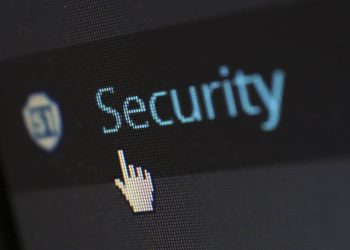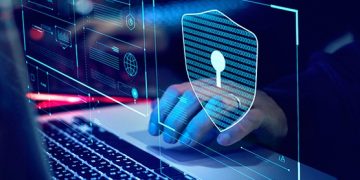Artificial Intelligence (AI) is the strength of technology to think and act like a human and is being used to help fight off potential cyberattacks. Employing AI and machine learning to identify vulnerabilities significantly improves human capabilities, as AI can examine and report millions of cyberthreats in the time it might take a person to do the same.
AI can get “smarter” and “learn;” as an AI algorithm continues to search and monitor data, it can advance its understanding of diverse types of potential attacks.
According to a study by PwC and Data Security Council titled “Cyber Security India Market: What lies beneath”, Artificial intelligence (AI) and machine learning (ML) will be powering the ‘cyber war rooms’ in organisations to help them protect from increasing cyberattacks, as well as detect, predict and respond to the same.
WHAT IS A CYBERATTACK?
You have heard a lot about cyberattacks and data breaches on the news lately, but what exactly is a cyberattack and why is it important to protect our data?
“In short, a cyberattack is a deliberate and often targeted attempt to mount an action via or against digital technology,” says IEEE Senior Member Steven Furnell. “In practice, cyberattacks can take many forms, but we tend to most commonly associate things like hacking and malware, and perhaps phishing. However, there is a far broader range of labels that can be used to reflect the specific approaches and motivations that may be involved.”
“After the attack, the computer or the network will be destroyed, exposed, modified or lose some functions,” adds IEEE Senior Member Guangjie Han. “And your personal information or important data will be acquired by someone else without authorization. Consider the potential benefit behind the data — that’s why these attacks exist.”
Junior hackers might only have an interest in stealing money, acquiring personal data or merely for the joy of hurting others. More senior hackers have the potential to breach entire companies or governments.
HOW AI PRIORITIZES SECURITY NEEDS
Once AI has effectively identified the potential risks and threats, the next step is to prioritize what gets addressed and in what order.
“Since AI-based detection systems usually work with uncertainty, they are useful not only to raise alerts when something seems to be wrong but also to give a score on how close a given event is from a cyberattack,” says IEEE Member Marcos Simplicio. “Events with higher scores can then be prioritized accordingly. For example, above a certain score, automated measures may be taken to stop the highly probable attack without any human intervention. Events with a lower score can then be forwarded to administrators for further analysis, and some events with low scores may be simply logged without any additional action, since handling them may not be worth the effort.”
OTHER METHODS OF STOPPING CYBERATTACKS
AI and machine learning are not the only mechanisms used to prevent and fight off cyberattacks. A wide range of robust technologies protect our systems and help fend off severe breaches.
IEEE Senior Member Aiyappan Pillai explains that in addition to AI, cryptography, emerging quantum cryptography, analytics, IoT security, blockchain security and hardware authentication technologies are also helping technologists keep our digital infrastructure secure.
Lastly, another way to prevent cyberattacks is continuing to educate users to stay away from suspicious activity. “It is important to remember that security is largely a matter related to processes and behaviors and therefore administrative, education and awareness processes play a key role in any well-designed security strategy,” stresses IEEE Senior Member Raul Coucher.

























